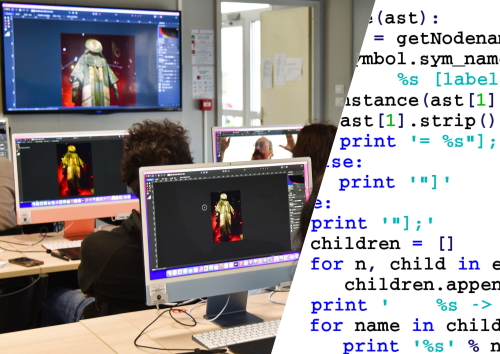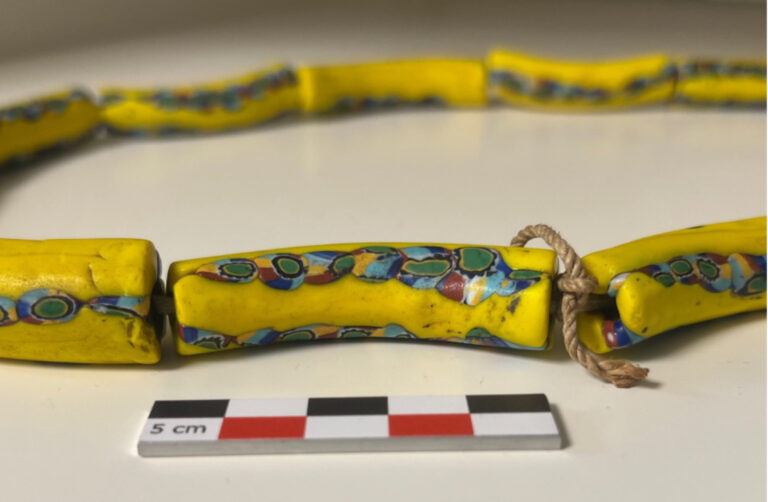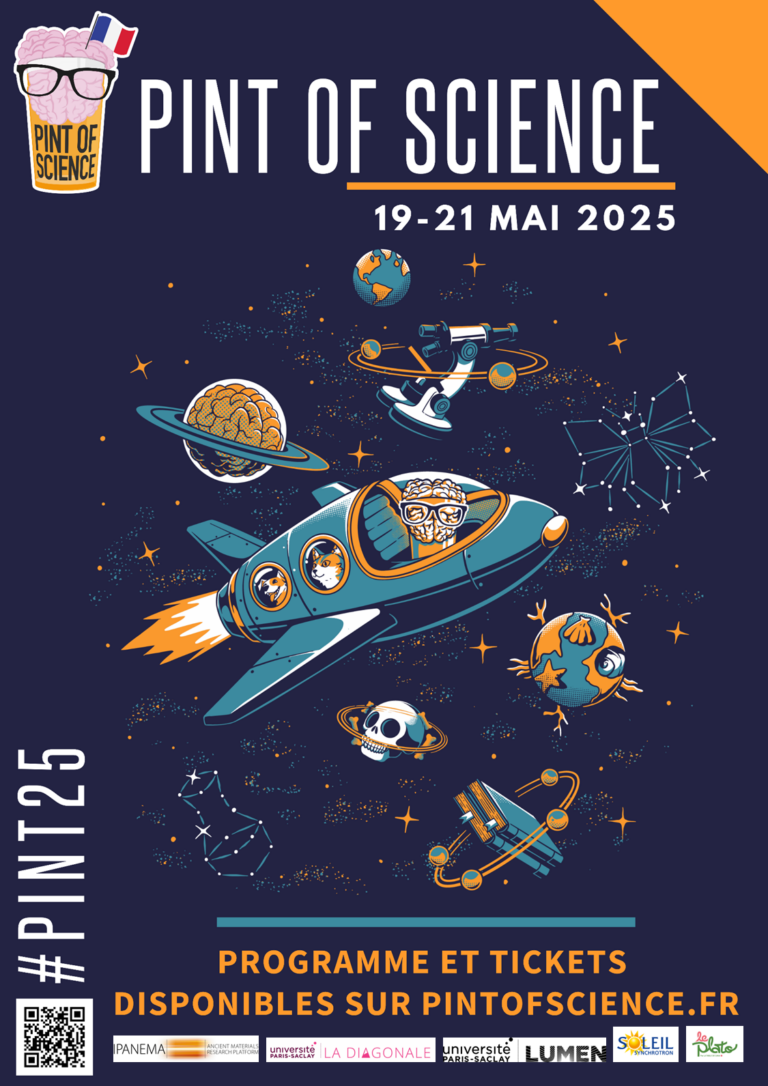Friday 14 November – 14h00-15h30
For the last seminar of the year 2025, we are pleased to welcome Camila Bastidas (Dr., PPSM) and Adrien Hornung (student) to present the MA-MESON project, supported by DIM PAMIR.

14H00 – MA-MESON: from development to usage — towards more collaborative and reproducible research.
C. Bastidas, Laboratoire de Photophysique et photochimie supramoléculaires et macromoléculaires (PPSM) – ENS Paris-Saclay – UMR CNRS 8531
MA-MESON (Ancient Materials at Mesocentres) is a project that aims to provide the scientific community with a data analysis platform allowing researchers to work collaboratively and reproducibly on projects related to the study of ancient materials.
The platform is under development and aims to provide preconfigured work environments integrating all necessary tools, libraries and scientific software, thereby facilitating access to mesoscale computing resources and eliminating technical barriers to data analysis.
Users can develop, share and run their analyses directly on the platform, which promotes interdisciplinary collaboration, computational performance and traceability of scientific results.
14h40 – Geant4 simulation of an X-ray fluorescence spectroscopy experiment
A. Hornung, Laboratoire de Photophysique et photochimie supramoléculaires et macromoléculaires (PPSM) – ENS Paris-Saclay – UMR CNRS 8531 & Physikalisch-Technische Bundesanstalt (PTB), Institut de métrologie d’Allemagne – Berlin.
The study of X-ray fluorescence spectra is challenged by the multiplicity of physical phenomena involved in their formation. In order to improve statistical processing, a Monte Carlo particle-transport-based simulation approach was implemented. This study explores the capabilities of the Geant4 tool to faithfully simulate particle transport in an XRF experiment as well as the associated detection processes.
The comparison of simulated data with real data, obtained by the German metrology institute (PTB), shows Geant4’s ability to produce realistic spectra. Moreover, the possibility of tracking particles and the physical processes they undergo makes it an interesting tool for studying the different contributions to the spectra. However, Geant4 has limitations in simulating low-energy phenomena (on the order of a few tens of eV), especially for the detection phase.
The project also serves as a test for MA-MESON (DIM, IJCLab, IPANEMA, PPSM, University Paris-Saclay), a collaborative platform for interdisciplinary heritage science projects, on which the calculations were carried out. It notably enabled long simulations and provided the necessary tools for data processing.
The study was conducted during two internships, first within the ancient materials team at PPSM (ENS Paris-Saclay) supervised by Loïc Bertrand (PPSM) and Serge Cohen (IPANEMA), then at PTB (Germany’s national metrology institute) in Berlin.
The seminar will be held in a hybrid format. If you wish to attend, you can request the connection link from the organisers: Clara Hairie and Shadé Alao. (contact us).



